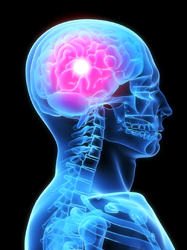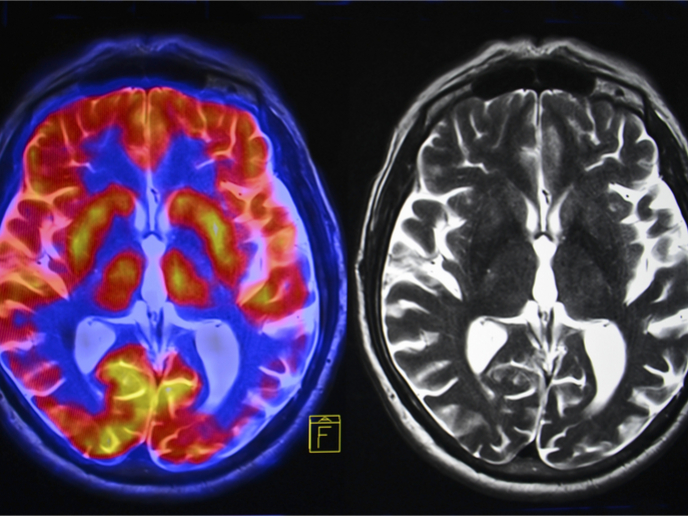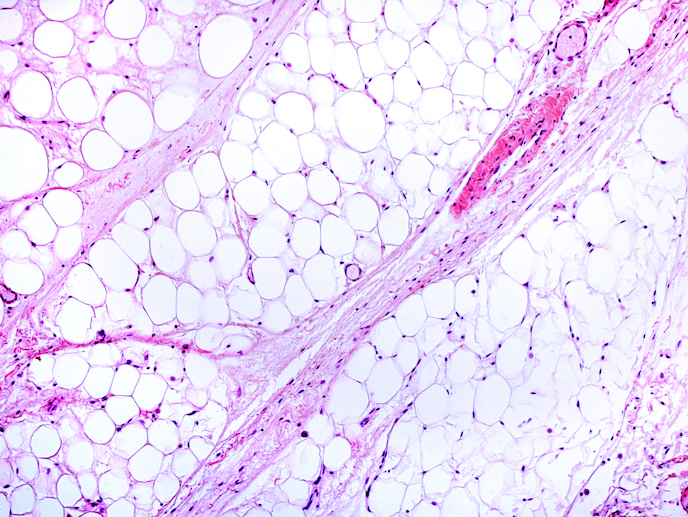New tools to study pain perception in the brain
Studies of the brain's reaction to pain have highlighted complex, interlinked responses in various brain structures. To understand the underlying neural mechanisms associated with pain perception ( nociception), researchers need novel approaches to stimulate and measure brain signals. The IDENTIFYING PAIN project developed a new set of techniques to activate and analyse nociception in humans. The project created collaborations between universities in Belgium, Canada, China, France and the United Kingdom to advance our understanding of pain. Project partners focused on new ways to activate nociception and detect brain activity. Two novel ways to stimulate the system were developed and validated. These were carbon dioxide (CO2) laser stimulation of temperature-sensitive nerve cells, and the direct electrical stimulation of free nerve endings using implants. These stimulatory signals were tested and validated using traditional methods such as electroencephalography (EEG). Novel approaches including the detection of steady-state evoked potentials (SS-Eps) and gamma band EEG oscillations (GBOs) were also employed. SS-Eps were stimulated using both methods, and results showed that specific areas of brain activity were related to each type of signal. Detection of GBOs showed for the first time that this technique could predict the subjective perception of pain. Another study finding was that the threshold of heat detection could be determined by measuring EEG responses. IDENTIFYING PAIN project members made a number of technological and methodological breakthroughs in the detection and study of pain in humans. In fact, the tools developed during the project are already in use in several other laboratories.







